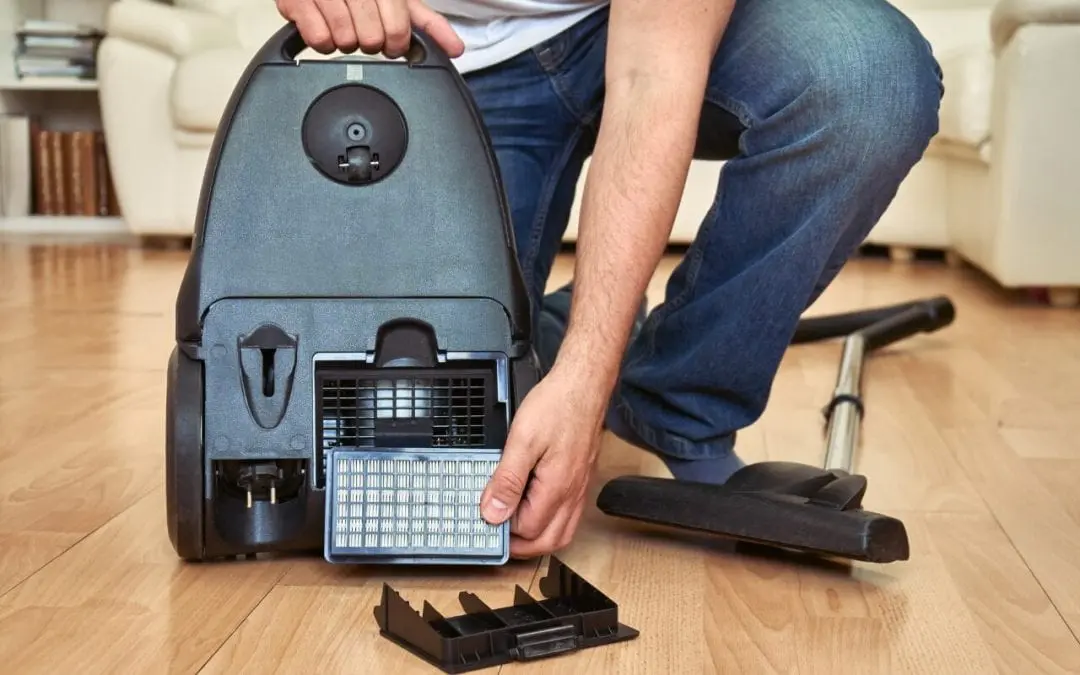Poor air quality has adverse effects on your mood and health. Several factors can affect the air in your home, including by-products from appliances and heating equipment, low-quality building materials, mold growth, and pollution from outdoors. Allergies, asthma, and fatigue can be linked to pollutants in the air. Here is a list of ways you can improve indoor air quality in your home.
Keep Floors Clean to Improve Indoor Air Quality
We track pollutants into our homes from the outdoors and they become trapped in the fibers of carpets and rugs. Regular vacuum cleaning will help improve air quality. Using a vacuum cleaner equipped with a HEPA filter, rotating brushes, and strong suction helps eliminate allergens like pet dander, pollen, and dust mites. Place a doormat inside and outside of each entrance to your house. This will help prevent pollutants and allergens from being tracked inside.
Prohibit Smoking in the Home
Cigarette smoke is one of the most significant indoor air pollutants. Smoke from cigarettes contains thousands of chemicals, many of them harmful. According to health professionals, secondhand cigarette smoke increases a child’s risk of developing asthma, cancer, and respiratory infections. Cigarette smoke also affects the health of your pets, causing respiratory issues and ear infections. Designate a place outdoors for smoking that’s well away from open doors and windows.
Maintain Healthy Humidity Levels
Mold, mildew, and dust mites thrive in humid environments. Keep them under control by maintaining indoor humidity levels between 40 and 50%. A dehumidifier works well to control humidity in the home. Your air conditioning system will also reduce the moisture content in the air, especially during the summer months. Avoid overwatering houseplants, as this contributes to humidity and mold growth. Another great tip to improve air quality is to open a window or use an exhaust fan when showering and cooking.
Use Natural Cleaners to Improve Indoor Air Quality
Air fresheners and detergents leave your kitchen sparkling clean and smelling fresh. However, many cleaning supplies have synthetic fragrances that emit toxic chemicals into your air. Studies have revealed that one plug-in air freshener can release as many as 20 different VOCs, of which half are rated as hazardous or toxic under U.S laws. When shopping for cleaners and laundry products, look for naturally scented products, choose options with no artificial fragrances, or find recipes to make your own cleaning products.
Test for Radon
When making efforts to improve indoor air quality, it’s important to test for radon. Radon is listed as the second leading cause of lung cancer in the United States. It is an odorless, colorless, and radioactive gas. Radon is formed as a by-product when uranium decays in the soil, and it enters your home through cracks and crevices in the foundation. Hire a professional to test your home for radon and install a radon mitigation system if you need to reduce the levels in your home.
Second Opinion Home Inspections offers inspection services, including radon testing, to Door and Kewaunee counties. Contact us to request an appointment.

